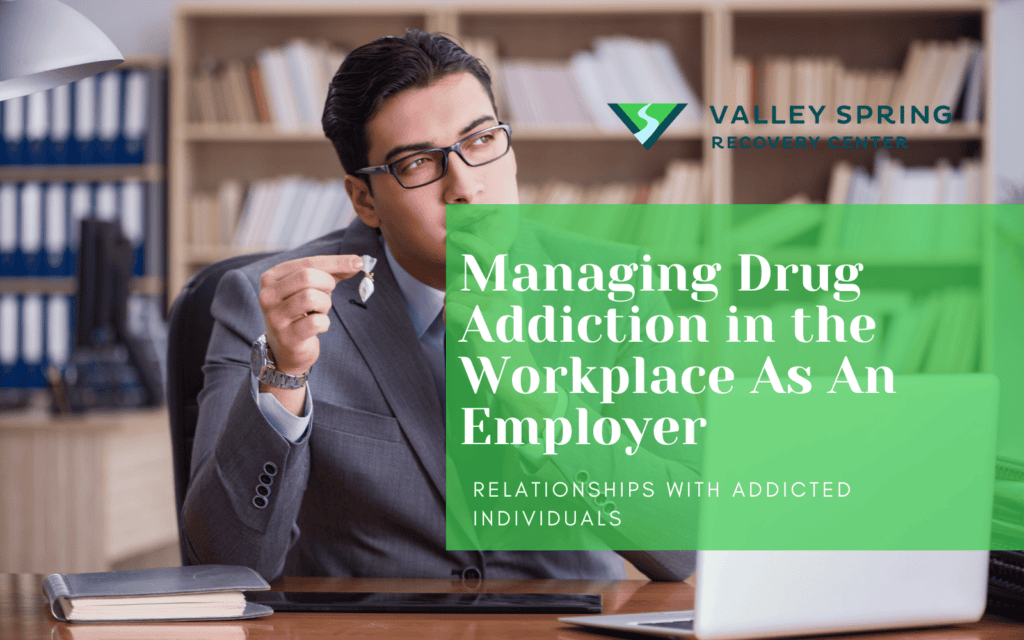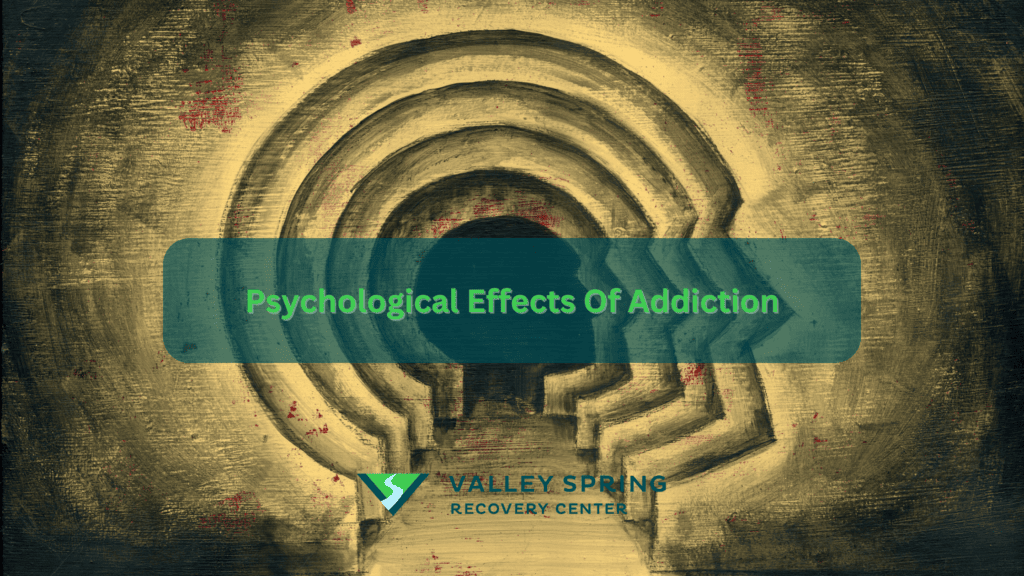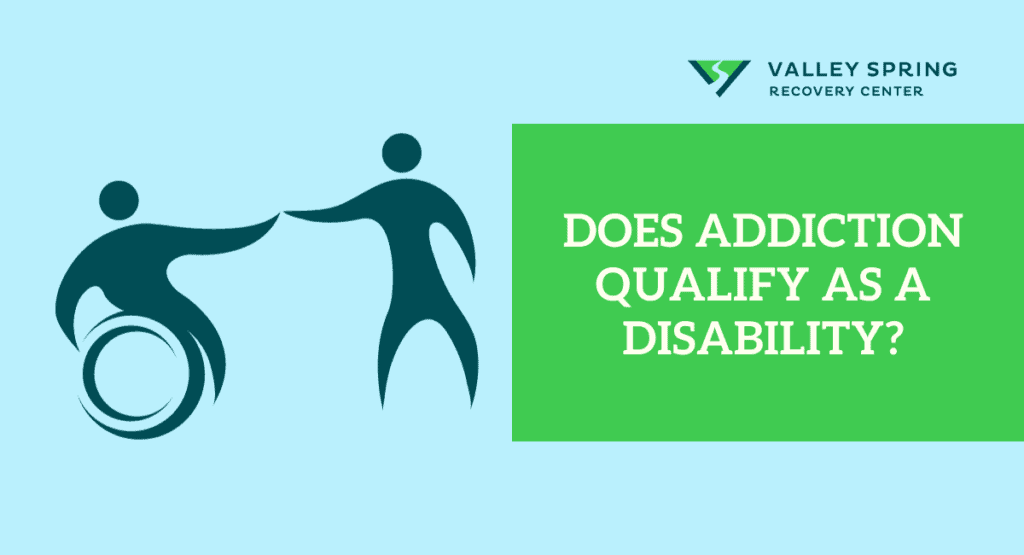Addiction in the workplace manifests as a reliance on substances or behaviors that detrimentally affect an individual’s professional life, including dependencies on drugs, alcohol, or behaviors such as gambling and compulsive internet use. This disease not only affects the individuals struggling with addiction but also profoundly impacts their colleagues and the overall workplace environment.
Substance Use Disorders (SUDs) are notably prevalent across various industries, especially in safety-sensitive roles, according to the National Safety Council. Industries such as construction, mining, and service are particularly affected, with higher rates of alcohol and drug use disorders. Conversely, sectors like education, healthcare, professional, and protective services report fewer incidences, yet even in these fields, one in twelve workers is battling a substance use disorder which is very costly for companies.
This issue extends to jobs that are critical for safety and transportation, highlighting the importance of robust workplace substance use policies. Employers are urged to consistently review and enhance their policies and support programs to safeguard the health and safety of all employees. By addressing addiction proactively, companies can not only ensure a safer workplace but also improve productivity and reduce the overall costs associated with SUDs in the workplace.
What are the effects of addiction on Companies and the workplace?
Addiction significantly affects companies and workplaces in several detrimental ways. Here are some of the primary impacts:
- Decreased Productivity: Employees with addiction issues often experience declines in their performance, leading to missed deadlines and incomplete tasks. According to the National Safety Council, workers with substance use disorders miss nearly 50% more days than their peers, which can severely disrupt productivity.
- Increased Absenteeism: Addiction leads to higher rates of absenteeism. Employees struggling with substance abuse are more likely to take sick leaves frequently as they cope with the effects of their addiction, compounding productivity losses.
- Workplace Safety Issues: Substance abuse can significantly impair cognitive and motor functions, heightening the risk of accidents and injuries. The U.S. Department of Labor reports that workplace injuries are five times more likely to occur among employees with alcohol problems.
- Impact on Coworker Relationships: The erratic behavior of employees suffering from addiction can strain relationships with their coworkers who may need to compensate for their decreased workload, leading to increased stress and workplace tension.
- Increased Healthcare Costs: Employees with addiction issues often require more medical care, resulting in higher healthcare costs for employers. Studies indicate that the medical costs for employees with addiction issues are twice as high as those for other employees.
- Legal and Financial Consequences: Addiction can lead to legal issues that may impose significant financial burdens on employers, including legal fees and compensation for damages. This includes costs related to compliance with workplace safety regulations and potential liability for accidents.
- Decreased Employee Morale: The presence of addiction within a team can create a negative work environment, which reduces job satisfaction, dampens morale, and can increase turnover rates. This environment can make it challenging to maintain a productive and positive workplace.
- Interruption of Workflow: Managing addiction in the workplace can require significant time and resources, often disrupting normal business operations. Supportive measures, while necessary, can temporarily divert focus from business objectives.
What Strategies Can Companies Use To Mitigate The Effects Of Addiction?
Creating a supportive and healthy work environment is crucial for managing the effects of addiction. Employers can implement several strategies:
- Employee Assistance Programs (EAPs): Offering access to EAPs that provide confidential assessments, short-term counseling, referrals, and follow-up services for employees facing substance abuse issues.
- Education and Training: Conducting workshops and training sessions to educate employees about the risks of substance abuse and promoting a drug-free workplace policy.
- Support for Treatment: Encouraging treatment and recovery by providing resources and possibly offering healthcare plans that include addiction treatment.
- Promoting a Supportive Environment: Establishing a workplace culture that supports recovery and reduces stigma associated with addiction, which can encourage employees to seek help sooner.
By understanding the multifaceted impacts of addiction on companies and implementing comprehensive support systems, companies can better manage these challenges, leading to improved overall workplace health and productivity.
How Much Does Addiction Cost Companies?
Addiction costs U.S. companies over $400 billion annually in lost productivity, healthcare, and legal fees. Substance abuse leads to absenteeism, workplace accidents, and higher insurance claims. Implementing Employee Assistance Programs and comprehensive substance abuse policies can help mitigate these costs.
- Overall Costs to the Economy: According to the 2016 Surgeon General’s Report, substance use disorders lead to over $400 billion in annual expenses across healthcare, law enforcement, the criminal justice system, and lost workplace productivity. These costs reflect the wide-ranging effects of addiction on public services and economic output.
- Lost Productivity: Former U.S. Army General and drug czar, Barry R. McCaffrey, has highlighted that drugs in the workplace alone cost U.S. employers approximately $200 billion a year in lost productivity. This staggering amount includes losses due to absenteeism, decreased job performance, and workplace accidents, all of which are more prevalent among employees dealing with substance use disorders.
- Costs of Alcoholism to Companies: The U.S. Office of Personnel Management estimates the annual cost of alcoholism and alcohol abuse to companies to be between $33 billion and $68 billion. These costs arise from similar productivity losses, including absenteeism, injuries, health benefits, and potential liability issues.
- Healthcare Expenses: Employees with substance use disorders typically incur higher healthcare costs, attributed to the need for treatment of various medical conditions related to addiction. These are often chronic conditions that require long-term management and can significantly drive up employer-sponsored health insurance premiums.
- Workplace Safety and Compensation Claims: Addiction can lead to higher rates of workplace accidents, increasing workers’ compensation claims and insurance costs for employers. The risk of injury not only affects the individual employee but can also pose a safety risk to others, leading to potential legal liabilities for the company.
- Turnover and Re-training Costs: Companies also face financial burdens from turnover rates higher among employees with addiction issues. The costs of recruiting, hiring, and training new employees to replace those who leave due to substance-related issues add another layer of financial strain on businesses.
- Legal and Compliance Costs: Companies must navigate compliance with drug-free workplace policies and regulations, which can involve significant legal resources and administrative costs. Failing to comply with these regulations can result in fines, penalties, and damaged reputations.
Which Industries Are Most Affected By Addiction?
The following is a table provided for the National Safety Council and the University of Chicago showcasing the industries most affected by addiction in the workplace.
| OCCUPATION | Percent |
| Construction trades and extraction workers | 19% |
| Service occupations, except for protective | 15.6% |
| Transportation and material-moving workers | 13.9% |
| Installation, maintenance, and repair workers | 13.5% |
| Sales occupations | 13.4% |
| Entertainers, sports, media, and communications | 13.0% |
| Production, machinery setters, operators, tenders | 12.9% |
| Executive/administrative/managerial/financial | 11.0% |
| Farming, fishing, and forestry occupations | 10.9% |
| Technicians and related support occupations | 10.6% |
| Office and administrative support workers | 10.6% |
| Professional (not education/entertainment/media) | 8.9% |
| Education, health, and related occupations | 8.0% |
What Are The Most Popular Drugs Between Workers of All Industries?
Substance abuse is prevalent in all sectors of the U.S. job market. Almost 9% of U.S. employees, or roughly one in 11 workers, experienced a substance use disorder within the past year. More than three-quarters of these cases, or 6.7%, are attributable to alcohol use disorders (AUDs). Many workers who are addicted to other substances also suffer from AUD. Therefore, identifying individuals in the workforce who have AUD and providing them with treatment can aid many workers who are coping with additional substance use disorders.
Cannabis (1.6%), also known as marijuana, prescription opioids (0.6%), cocaine (0.4%), tranquilizers (0.2%), and sedatives (0.2%) are among the drugs that cause difficulties for workers. While some businesses and regions experience severe problems with methamphetamines and designer drugs, the most prevalent drugs affecting workforces are alcohol and cannabis. The percentages of workers addicted to prescription opioids or heroin (0.6% and 0.2%, respectively) or those who have used prescription opioids or heroin within the past month (1.8% and 0.1%, respectively) are pretty low. Still, the use of the powerful synthetic opioid fentanyl has led to high rates of overdoses and fatalities.
Male-dominated Occupations Have Higher Rates of Substance Use Disorders
Certain occupations, especially those with a high percentage of male workers, particularly younger men, have a significantly higher rate of Substance Use Disorders (SUDs) than other fields. For example, in the construction industry, one in five workers (19%) has an SUD, which is twice the rate of educational and professional occupations where there is a greater representation of women and older workers. Some examples of these fields are teaching, architecture, engineering, medicine, nursing, librarianship, and biology.
What Are The Signs of Alcohol or Drug Abuse in The Workplace?
Recognizing the indications of drug and alcohol issues can aid in safeguarding the safety and welfare of your team. Although inconclusive, these indications should be acknowledged as warning signals, mainly when they appear in conjunction. However, they could also be symptoms of stress, sleep deprivation, or adverse reactions to a recent medication.
Here’s a list of signs that may warn you about an employee having a substance use disorder:
- Keep an eye out for any patterns in an employee’s absences, such as the day after payday or Mondays and Fridays.
- When someone consistently arrives late to meetings.
- If an employee’s productivity is declining.
- Emotional outbursts or irritability may be a sign of underlying issues.
- Aggression and strained working relationships can be indicative of a larger problem.
- If there are more accidents or near accidents at work.
- An employee appearing disheveled or not using their camera during online meetings may signify something more.
- If an employee smells of alcohol or appears to be using excessive breath mints, it could be a cause for concern.
- Bloodshot eyes or tremors.
- Poor decision-making.
- Theft is a serious issue that should be addressed immediately.
- If someone consistently takes bags or coats to the bathroom.
- Weak excuses for missed deadlines or incomplete tasks should be taken seriously.
- Social withdrawal.
- Sleepiness or napping at work.
What Effective Strategies Can Be Employed When Addressing Addiction In The Workplace?
- Stick to the facts
When someone displays destructive behavior, it is best to approach them directly and non-judgmentally. Use phrases like “I’ve noticed” or “It’s been reported to me” to discuss the concerning behaviors. Avoid using language that downplays or avoids the issue. Let them know that their behavior at work is causing concern and that you and the company are available to support them. Don’t make assumptions, and encourage them to provide their comments on the behaviors you’ve observed.
- Don’t expect too much
As an employer, it’s not your place to diagnose someone with a substance use disorder. It’s possible that if an employee is struggling with drug or alcohol dependency, they may try to hide it or justify their behavior. However, approaching the subject with kindness can make a significant difference. Even if your employee doesn’t disclose their struggles right away, they may remember the conversation and come to you for help when they’re ready to confront their addiction.
- Post Helpful Information
Whether or not your employee recognizes that they’re struggling with substance misuse, you can use this conversation to highlight the details of any mental health support or medical cover you offer in your business. If this feels too confrontational, you could recirculate these details to all of your employees as a more general reminder.
What To Do If An Employee Discloses a Substance Problem To You?
If an employee discloses that they have a substance problem to you, it’s important to respond calmly and empathetically. You can start by simply saying “Thank you for telling me”. This can help the employee feel more comfortable opening up to you. It’s also important to reassure the employee that their situation will be treated in the same way as any other medical issue.
If the person hasn’t started their recovery yet, the first step is to encourage them to speak with their doctor who can provide advice on the most appropriate next steps for treatment. You may also want to consider allowing them to take time off work to seek professional help. If your sick policy doesn’t currently cover this, now may be a good time to consider adding it.
It’s essential to handle all conversations with empathy, but it’s also important to remember that the primary goal is to support employees in feeling happy and productive at work, not necessarily at home. While it’s acceptable to inquire about their well-being and schedule more frequent catch-ups, it’s imperative to maintain professional boundaries. The focus should be on how you can help in the workplace rather than asking about their recovery.
How Accommodating Should Employers Be?
Your employee may require time off for various reasons, such as attending meetings, treatment, or therapy. Being accommodating and flexible with their working hours can be a practical way to demonstrate your support. It’s also worth considering other adjustments that can be made to their environment or schedule and being open to discussing fairways in which the company can assist.
Educating the rest of the team about substance misuse and addiction is a proper way to challenge any stigma that exists around the subject. Just be sure to time any discussions or training sensitively if someone at work is currently experiencing an issue with drugs or alcohol.
It’s important for employers to offer assistance but also not be taken advantage of or use enabling behavior just to get them back to work. Some employers have likened the situation to that of a landlord-tenant relationship when the tenant is late on rent. You might want to give them some time, but they can’t live in the apartment for free forever.
What Are The Best Options For Employers To Deal With Addiction?
We’ve already seen the statistics, the chances of having an employee dealing with substance abuse aren’t low. Here are some recommendations for employers given by the National Safety Council:
1. Offer Robust Health Insurance
Ensure robust SUD treatment coverage. Comprehensive coverage includes:
- Screening for substance use in a confidential manner can improve the chances of detecting instances of unhealthy and risky alcohol and drug use.
- Brief intervention and referral to treatment.
- Outpatient and inpatient addiction treatment.
- Counseling and medical services.
- Follow-up services during treatment and recovery.
2. Offer Robust Employer Policies and Programs
The Americans with Disabilities Act safeguards the rights of employees who are battling addiction and undergoing treatment. Employers are required to provide reasonable adjustments to support such employees, which can include restructuring job roles, altering work schedules, granting leaves of absence, or transferring them to a different role. In addition, it is the responsibility of the employers to ensure that the health information of all employees is kept private and confidential. Therefore, policies and programs must integrate these stipulations:
- Disease and Disability Management: offer both short- and long-term disability coverage as employee benefits.
- Employee Assistance Programs (EAPs): Ensure the company use Screening Tools, which increase the rate of identification of risky and unhealthy alcohol and drug use, and link people to appropriate treatment earlier.
- Return-to-work plans for employees who have taken leave related to substance use.
- Worker Peer Support Programs.
3. Offer a Drug-Free Workplace Program that includes:
- A workplace substance use education program is crucial for promoting a safer work environment. Employees need to be engaged and educated to be able to identify signs of impairment, potential substance use disorders, and mental distress. They should also know how to access employer resources and treatment in case of need.
- If required, an EAP or healthcare expert can provide confidential screening and therapeutic recommendations.
- Individuals in recovery can receive confidential care to assist in their ongoing progress.
- Supervisor training.
- Policies that offer a second or last chance should be well-defined, along with procedures in place for Return-to-Work programs. Additionally, safety procedures must be clear and well-defined for employees who have been prescribed opioid painkillers.
What Are Different Treatment Options For Addiction?
There are several ways to treat substance use disorders. Since each case is unique, there is no single treatment that works for everyone. It is up to a doctor or mental health professional to determine which treatment option is best suited for each individual. Some of the most common rehab options include:
- Inpatient Treatment: This refers to staying in a facility for 24 hours a day, with continuous medical supervision.
- Intensive Outpatient Treatment: Individuals can attend 2-3 sessions per week, each lasting 2-3 hours. They can go back home afterward and continue work or school.
- Outpatient Treatment: Individual or group counseling sessions are available, which usually last for one hour per week.
- 12-Step Programs: like Alcoholics Anonymous (AA) and Narcotics Anonymous (NA), offer ongoing support for individuals in recovery and often serve as long-term aftercare following formal treatment.
Can I Terminate An Employee For Drug Addiction?
Terminating an employee based solely on drug addiction violates anti-discrimination laws. However, you can address performance or behavior issues related to the job and offer assistance through EAPs or support services.
Can I fire an employee who is on FMLA for drug rehab?
If the addicted employee has taken FMLA to get treatment and rehab then they can not be fired during that time.
How Do I Handle An Employee’s Relapse After Treatment?
Responding to a relapse with empathy and a supportive attitude is crucial. It may be helpful to offer the employee access to additional treatment resources, if they are available, and work together to create a plan for reintegrating them into the workplace.
How Can I Promote A Supportive Work Environment For Employees In Recovery?
To promote a culture of support, it is important to educate and raise awareness about addiction. Encourage open communication among employees, provide resources, and consider offering flexibility or accommodations for those in recovery.
How Can I Speak To The Addicts Co-Workers About The Situation?
When speaking to an addict’s co-workers about the situation, it’s important to approach the conversation with sensitivity and confidentiality. Focus on the impact on the workplace rather than personal details, and encourage a supportive and non-judgmental environment. Emphasize the importance of respecting privacy and direct them towards general resources on understanding addiction, avoiding detailed discussions about the individual’s specific circumstances.
How Can An Employer Reach Out to Family Members In The Case Of An Employee Being Found Using Drugs?
In cases where an employer discovers an employee using drugs, reaching out to family members should be approached with caution and respect for privacy laws. The employer should first consult with human resources and legal advisors to ensure compliance with privacy regulations and workplace policies before speaking with the affected spouse of the addict or parent. If appropriate and legally permissible, the employer can express concern and offer support or resources to the family, emphasizing a focus on the employee’s well-being and available assistance programs.
Ben Fisher
All author postsShare This Post










